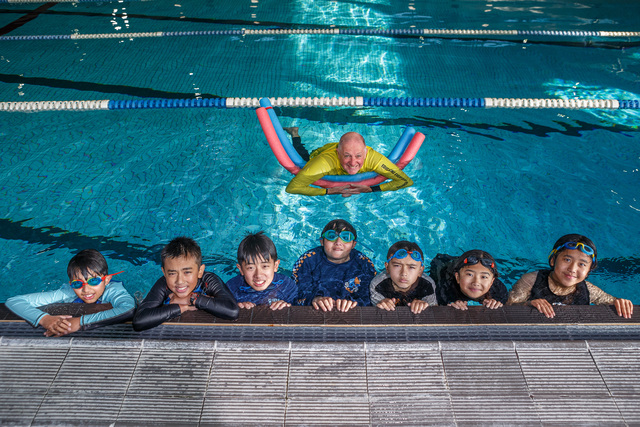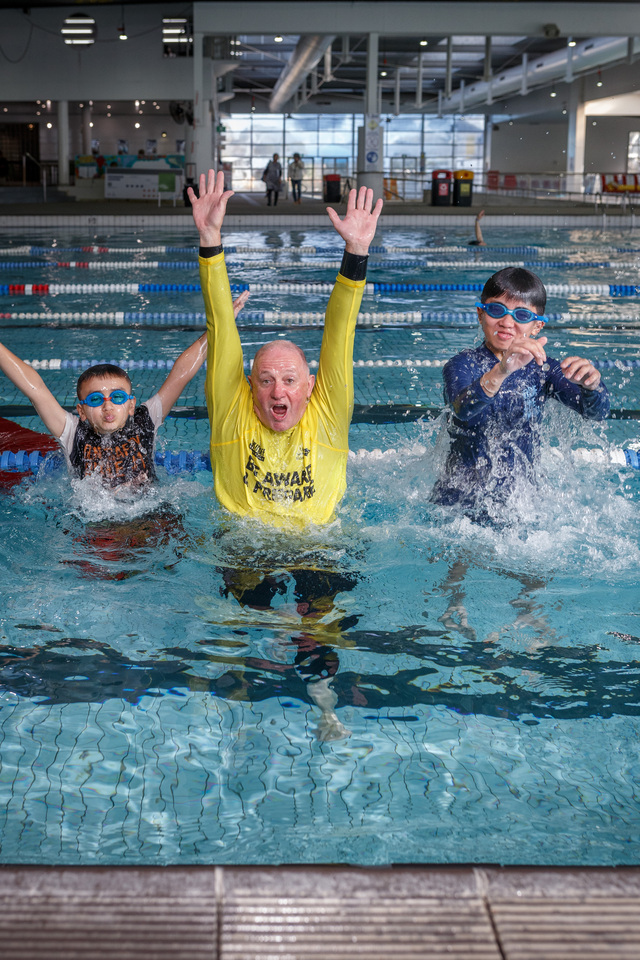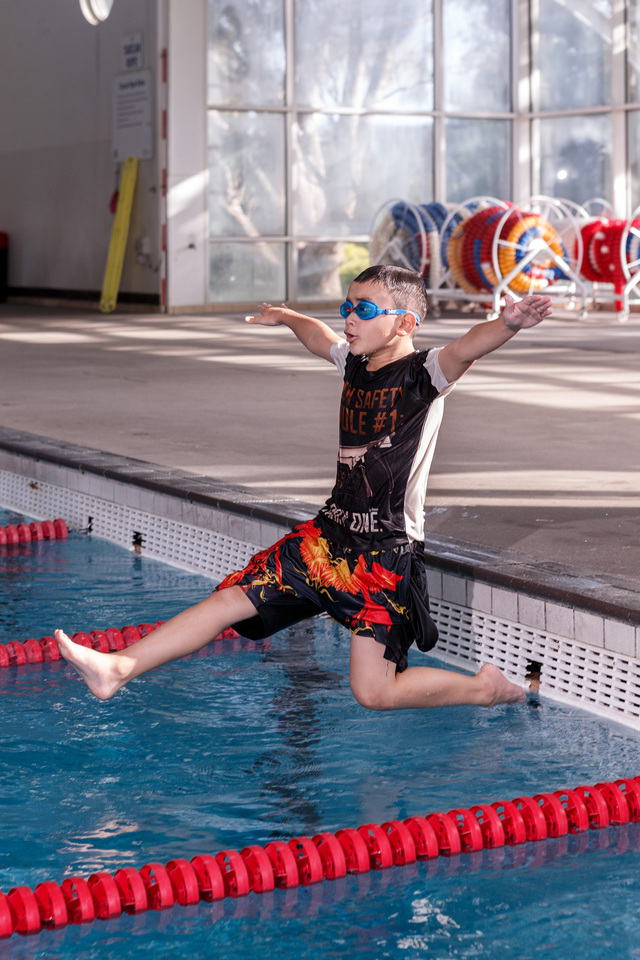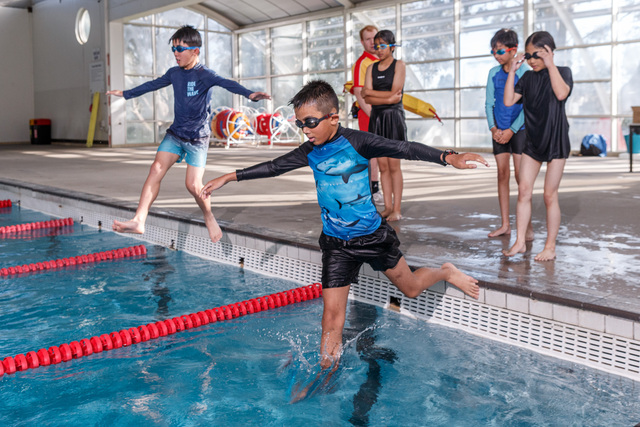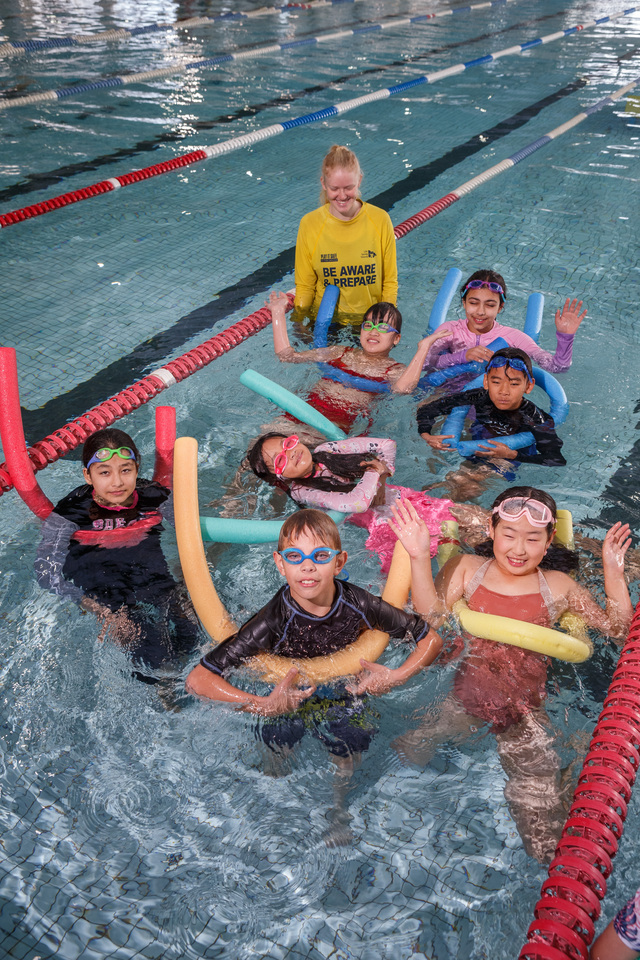By Sahar Foladi
Life Saving Victoria’s pilot program, Top-Up Lesson will support “at-risk” children to improve swimming skills in Greater Dandenong.
Part of a two-stage research project, LSV will deliver the swimming lesson through the Public Water Safety Initiative funded by the Department of Education.
The 45-minute lessons will run for two weeks each school day in Greater Dandenong with 10 students as participants.
Learn to Swim manager Jacqui Taylor says she looks forward to the program.
“Initial observations of the interventions we have integrated into this program are that they are making a significant difference.
“I look forward to sharing the outcomes of this project with the industry to enhance aquatic education for children across Victoria.”
Overall, 266 students from Greater Dandenong are participating out of the 400 student allocations for the program at no cost to the schools involved.
The first stage of the project – which researched at-risk factors – identified six key demographic factors for students unable to obtain their VWSC despite receiving a standardised swimming program.
The key factors are, male gendered children, highest level of parent education being Year 11 and below or certificate III/IV, lack of private swimming pool at residence, rarely swimming at open and closed aquatic locations, a prior negative experience and parents reporting child to have poor knowledge or swimming and water safety.
As such, the factors are “synonymous with or exacerbated” by being from low socioeconomic background with the conclusion that students from CALD backgrounds are more unlikely to achieve their VWSC.
This also aligns with the findings of the 2022-23 LSV Drowning Report.
Between 2022-23 12 (20 per cent) of fatal drownings were of people from CALD communities, noting that people of CALD communities are twice as likely to drown than Australian-born residents.
In the decade up to 2020-21, 152 (36 per cent of drowning deaths) CALD people born from overseas fatally drowned in Victoria.
Drownings in metropolitan areas are at 57 per cent compared to the beach at 31 per cent followed by rivers, creeks, or streams 21 per cent.
As such, in response to its At-Risk research, the Top-Up lessons targets interventions that will focus on VWSC competencies to support students achieve their certificate.
A pre-program and post-program assessment will also be undertaken to track the students’ progress.
The aim of the project is to determine evidence-based methods to teach swimming and water safety to students at risk of not meeting minimum requirements of the VWSC for swimming and water safety by the end of Year 6 and being inclusive of all abilities and backgrounds.
Additionally, adolescents aged 13-15 are twice more likely than adults to be hospitalised for an injury caused by drowning and submersion according to the Australian Institute of Health and Welfare report, Injuries in children and adolescents 2021-22, in April 2024.

